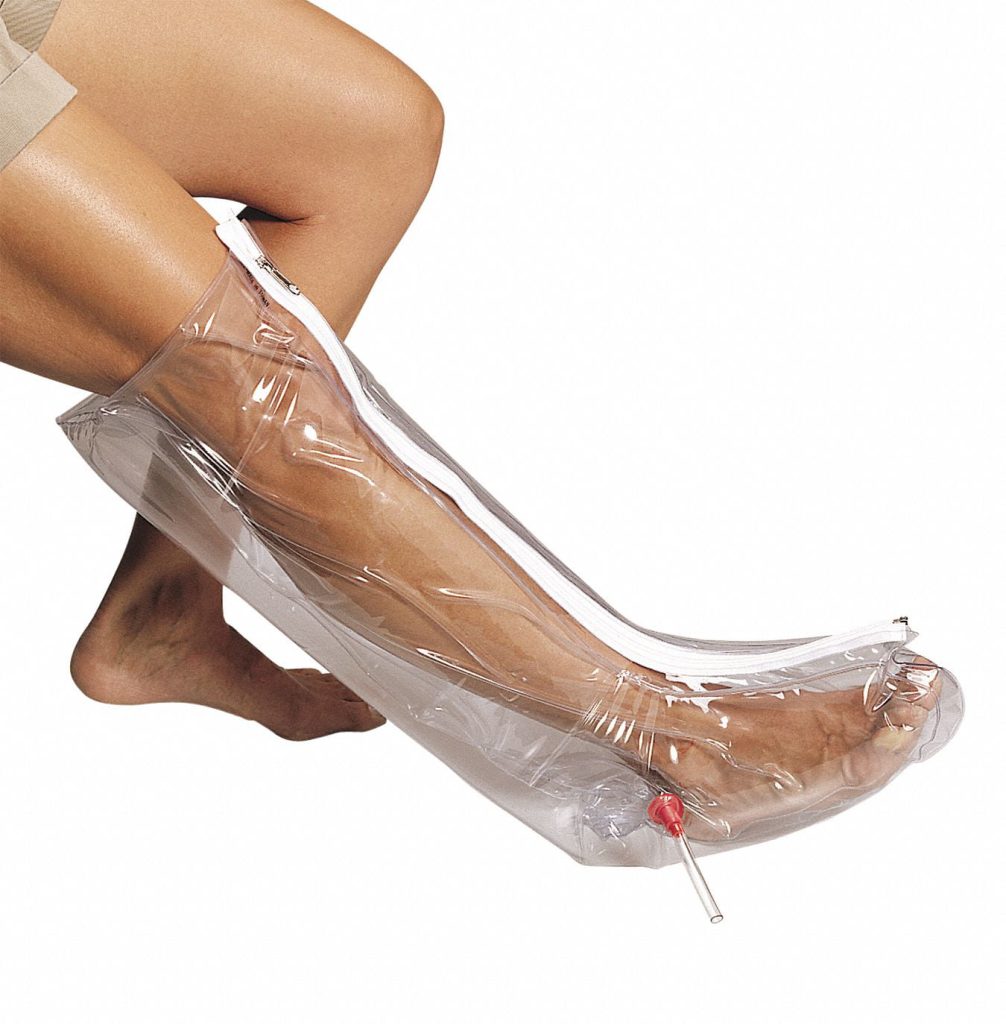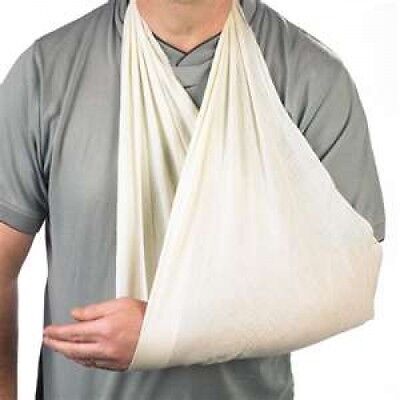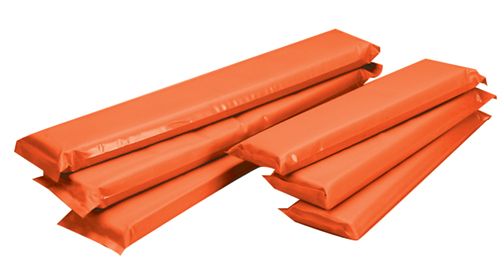Types Of Splints
Published (updated: ).
The first intervention performed with any fracture or dislocation is stabilization. Fractures are typically stabilized in the position of function. Dislocations are stabilized in the position found (out of necessity since a dislocation is usually immoveable). Stabilization is where a rescuer uses his/her hands to hold the fracture or dislocation in the position found or position of function. Stabilization can be continued during transport in the event the medics are unable to figure out a way to splint. A splint is a device used for holding a part of the body stable to decrease pain and prevent further injury.
After an injury, a splint is used to hold still and protect the wounded body part from further damage until you get medical help. It is important to check for good circulation after the injured body part has been immobilized. Splints can be used for different injuries. For example, with a broken bone, stabilizing the area is important to reduce pain, prevent further injury, and allow the person to move about as much as possible.

Air splints are essentially large air bladders that are initially deflated and wrapped around the affected extremity. After application, they are inflated to provide rigidity through air pressure.

Vacuum splints are applied longitudinally along the length of the extremity, and straps are applied around it to secure it in place. A hand pump is then attached to a valve stem on the splint and is used to withdraw air from the splint. As air is removed, the splint forms to the shape of the injured extremity and becomes rigid.

Slings are used to immobilize suspected clavicle fractures or shoulder injuries. They can also be used to hold and support upper extremity injuries in a position of comfort.

Rigid splints are made out of plastic, malleable metals, wood, or other materials. They tend to be less flexible and more supportive than soft splints and are usually padded. They are typically secured to the patient via circumferentially applied adhesive, bandages, or straps. The joint above and below the injury should be immobilized as well.

Traction splints are used to immobilize femur fractures. They are comprised of straps that attach over the pelvis as an anchor, metal rods to mimic bone stability, and a mechanical device to apply traction. This is done in an attempt to reduce pain, realign the limb, and decrease vascular and neurologic complications to the affected lower extremity.

Pelvic circumferential compression devices (pelvic binder) work to provide circumferential stabilization of the entire pelvic cavity. This is performed to reduce pelvic fractures and decrease pelvic volume, in turn leading to decreased hemorrhage. The compression force is applied at the level of the femoral trochanters. This can also be achieved by wrapping a sheet around the pelvis and tying it tightly to secure it in place.
